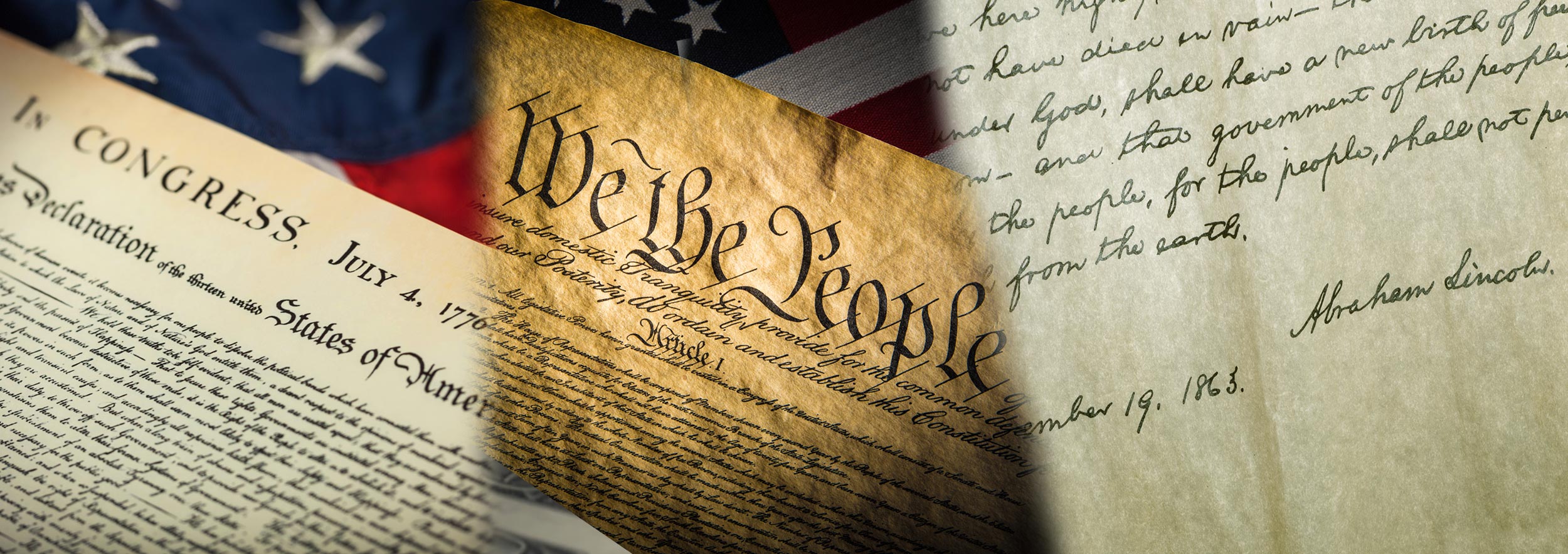The Jobs of August
The economy creates another 1.4 million jobs, defying the pessimists.
By The Editorial Board
Sept. 4, 2020 6:56 pm ET
So much for the economy falling off an August cliff. That was the prediction in progressive economic circles amid a summer Covid-19 surge and the reduction in government payments to individuals. But Friday’s blowout jobs report for August reveals a labor market and economy that continue to recover in encouraging fashion.
The economy added 1.4 million jobs in the month while the unemployment rate declined 1.8 percentage points to 8.4%. Temporary Census hires filled 238,000 of those jobs. But the economy has nonetheless added 10.5 million private jobs in four months, about half as many as were lost in the recession caused by government-ordered lockdowns. The recovery after the 2008-2009 recession took three years to make this much progress, and the jobless rate was still 8.1% in August 2012.
Labor force participation increased 0.3 percentage points to 61.7%, up 1.5 points from its April low. This is still 1.7 percentage points below its February peak, but the increase means that hundreds of thousands of Americans are continuing to return to the workforce. By contrast, labor force participation declined in the five years after the 2009 recession. Our contributor Donald Luskin notes that the number of Americans receiving Social Security disability payments is 9.8 million, one million fewer than in August 2012.
One reason the Barack Obama-Joe Biden jobs recovery was so slow is that Congress increased government transfers such as food stamps and Medicaid and repeatedly extended 99 weeks of unemployment benefits, which didn’t lapse until the end of 2012. The expansion of government transfer payments reduced the incentive for Americans to return to work.
Democrats call that compassion, but it’s a cruel sort of kindness for many. Skills atrophy when they aren’t put to use, making it harder to re-enter the workforce later. Notably in August, as in 2013, the job market didn’t go into a tailspin when the $600 a week in federal enhanced unemployment benefits expired at the end of July. Two-thirds of unemployed Americans had been making more by not working. Most states have signed up for President Trump’s $300 a week substitute for the $600, and that is much less of a disincentive to work.
Job growth was especially notable in lower-paid industries like retail (249,000), leisure and hospitality (174,000), and transportation and warehousing (78,000). Unemployment rates also fell sharply among teens (16.1%), blacks (13%) and Hispanics (10.5%).
All of this means the economy is growing again as the lockdowns ebb and despite the lack of another spending blowout from Washington, D.C. The downturn was a recession, not the depression that many feared in March. The Atlanta Federal Reserve’s GDPNow formula is predicting third-quarter growth of nearly 30% year-over-year.
Consumer spending may slow without more federal checks, but perhaps not as much as feared with a recovering job market and average hourly earnings up 4.65% from August last year. They’re up 4.9% for production workers. People have pent up savings—the savings rate was 17.8% in July—and the wealth effect from rising home and stock prices despite the selloff in tech stocks this week will also help. Home prices are up 12% year-over-year, and the Dow Jones Industrial Average has risen 51% from its March trough.
Manufacturing is also rebounding as Europe and China reopen their economies, supply-chain bottlenecks ease, and home building surges. The Institute for Supply Management reported this week that its manufacturing index last month hit a 21-month high. Most industries reported that their biggest challenge is a shortage of raw materials and supplies.
The economy still has a long way to go to return to its pre-Covid heights, and that will take time and probably a vaccine. Covid aside, the biggest barrier to recovery now is election uncertainty and the potential for anti-growth policies if Democrats take the Senate as well as the House and Presidency. Meanwhile, happy Labor Day.
Copyright ©2020 Dow Jones & Company, Inc. All Rights Reserved. 87990cbe856818d5eddac44c7b1cdeb8
Appeared in the September 5, 2020, print edition.


Leave a Reply